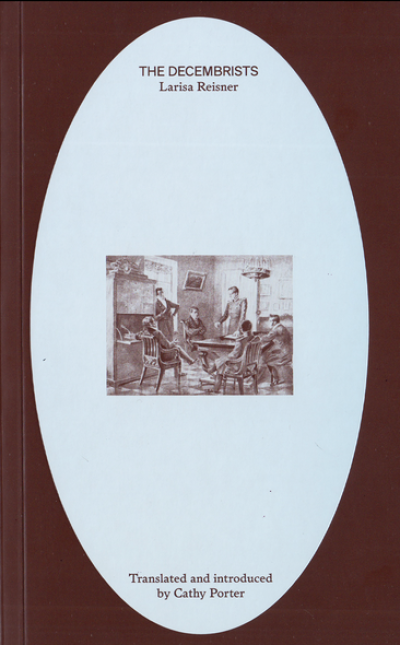
The Decembrists
The first English translation of Larisa Reisner’s writings on the Decembrist uprising. Written in 1925, a year before her death, for the centenary of the rising, these essays were Reisner’s first works of history, looking back on this turbulent period in Russia with a Marxist understanding of the past. Translated and introduced by Cathy Porter, the Decembrist writings are full of drama and imagination, building a compelling picture of the lives of the young poets, officers and aristocrats of Russia’s first revolution against the tsarist autocracy in 1825.
The heroine of the October Revolution, Larisa Reisner was widely considered to be its greatest journalist, read by millions in the new mass-circulation Soviet press, whose writings from the front line of the Civil War, from Afghanistan, Weimar Germany, and the mines and factories of Soviet Ukraine and the Urals became her six important books The Front, Afghanistan, Berlin, October 1923, Hamburg at the Barricades, In Hindenburg's Country, and Coal Iron and Living People. Simultaneously works of art, guides to action, sources of information and knowledge, and unique records of their time and place, these books were written in just under ten years, before her premature death in 1926, aged 31. In the Nazi book burnings of 1933, Hamburg at the Barricades was the first Soviet work to be thrown into the flames, before the works of Lenin, Mayakovsky, Isaac Babel and Maxim Gorky - for “pursuing under the guise of historical accuracy an entirely different aim, of giving instructions to the German Communist Party for a civil war.”
These essays on the Decembrist rising, which Viktor Shklovsky praised as the best things she ever wrote, were her last published works. Deeply researched from material in the Leningrad and Moscow archives available only after the Revolution, Reisner brilliantly captures the Decembrists’ secret criminal brotherhood, bound by class and the fear of discovery, their oaths and initiations, the intensity of their friendships, their allegiances and betrayals.
The essays are introduced in detail by translator Cathy Porter who also compiled a bibliography and a dramatis personae of her main characters, most of whom English-speaking readers will be unfamiliar with.

































































































